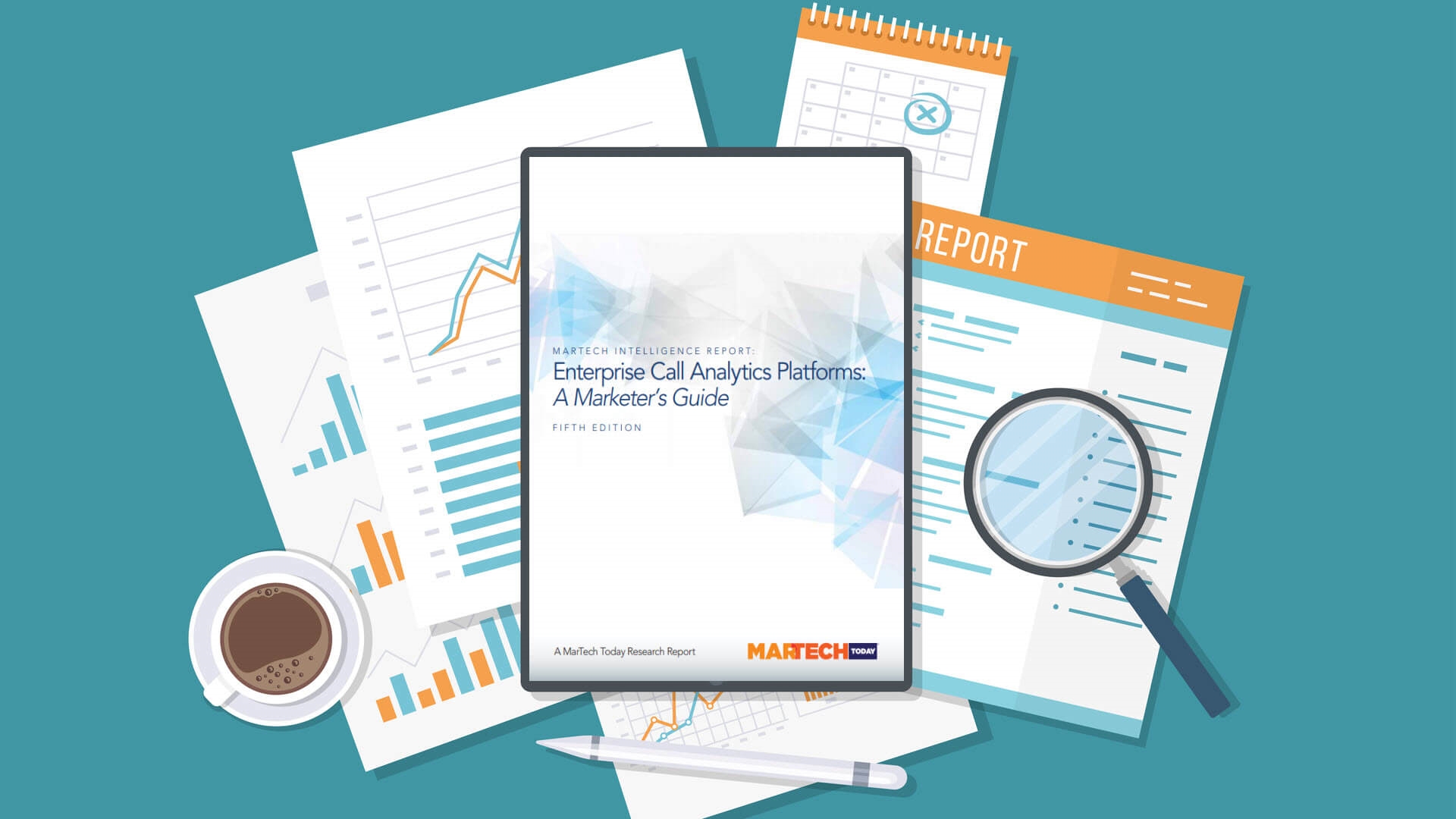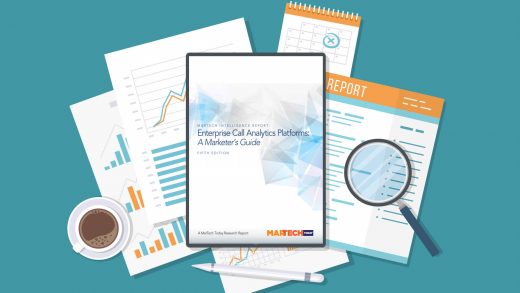Call analytics platforms expand their utility
Advances in machine learning are enabling call analytics platforms to do more than ever before.

Call analytics platforms have become important tools to help marketers identify and activate the rich data hidden in the growing volume of inbound calls. Call analytics platforms track both online and offline leads, following a call from its source (i.e., website, social media and click-to-call search or display ads) to a sales representative (i.e., based on geographic location or product line).
The ability to track calls is a core use case of call analytics technology. However, advances in machine learning and artificial intelligence (AI) are driving more sophisticated applications, including the following:
- First-party database-building: As marketers lose access to third-party cookie data, first-party data sources such as phone calls are becoming more valuable in brand efforts to build privacy-compliant customer databases. Call analytics platforms facilitate the scaled collection and analysis of caller data.
- Customer journey attribution: Call analytics platforms provide online-to-offline attribution across media channels, helping marketers understand the role that each customer touchpoint plays in a conversion. The result is more efficient resource allocation and more relevant messaging based on customer preferences.
- Marketing campaign optimization: Call analytics platforms connect calls to the search keywords, social display ads or webpages that drove them. Marketers can use unique phone numbers for each website visitor to understand which pages and elements are driving the highest quality calls, as well as which ones are causing visitors to leave. Call data, including demographics, product interests and buying stage, can also be used to optimize search bids or make on-the-fly changes to campaign messaging and creative.
- Audience segmentation and targeting: Call analytics platforms record and transcribe calls, then apply AI-based models to the results to determine the characteristics of the highestperforming callers or leads. Using the data, marketers can build personas or look-alike audiences to create high-performing customer segments.
- Personalized, intelligent lead routing: Call analytics platforms use machine learning to score and route calls based on factors including call source, geography, demographics, purchase history or intent. Tools such as whisper messages arm sales reps with known customer information that personalizes the caller experience.
- Sales rep coaching and development: Many call analytics platforms include automated sales performance and evaluation tools to provide scoring/grading systems, script optimization and real-time alerts that flag lost opportunities.
Opinions expressed in this article are those of the guest author and not necessarily Marketing Land. Staff authors are listed here.
Marketing Land – Internet Marketing News, Strategies & Tips
(11)



